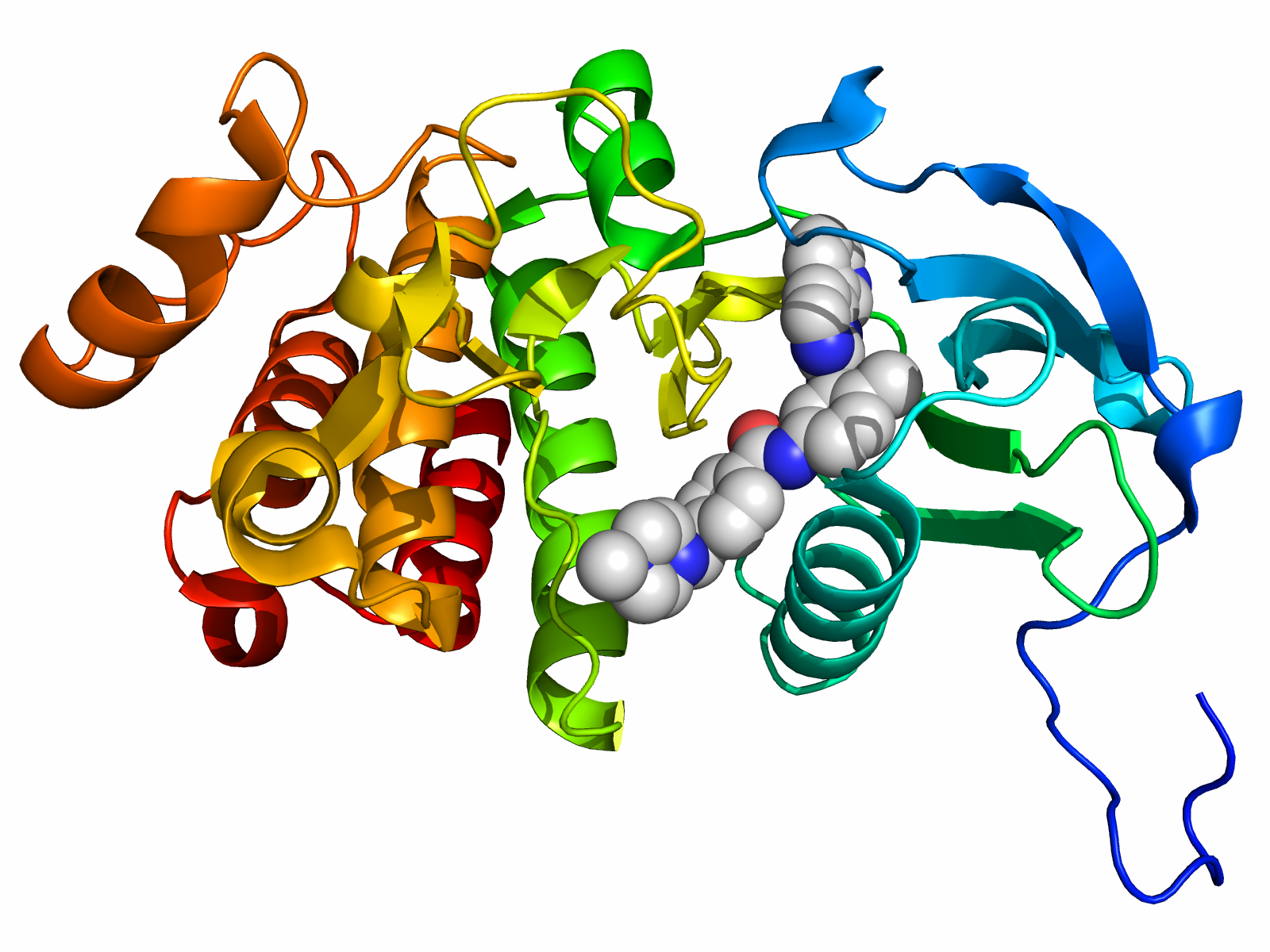Adipotide
Negotiable Min Order Quantity Unit
- Required Quantity
-
- Place of Origin
- China
- Payment Terms
- Negotiable
- Production method
- Negotiable
- Shipping / Lead Time
- Negotiable / Negotiable
- Keyword
- adipotide
- Category
- Other Pharmaceutical Chemicals
Aierry Co.,ltd.
- Verified Certificate
-
9

| Product name | Adipotide | Certification | - |
|---|---|---|---|
| Category | Other Pharmaceutical Chemicals | Ingredients | - |
| Keyword | adipotide | Unit Size | - |
| Brand name | - | Unit Weigh | - |
| origin | China | Stock | - |
| Supply type | - | HS code | - |
Product Information
B2B Trade
| Price (FOB) | Negotiable | transportation | - |
|---|---|---|---|
| MOQ | Negotiable | Leadtime | Negotiable |
| Payment Options | Negotiable | Shipping time | Negotiable |
- President
- Peter Liang
- Address
- A201, No.1 Qianwan 1st road, Qianhai economic district, Shenzhen.
- Product Category
- Other Pharmaceutical Chemicals
- Year Established
- 2016
- No. of Total Employees
- 1-50
- Company introduction
-
Aierry Co.,ltd is a professional supplier of peptide related products,peptide costom R&D and costom manufacturing, our productsinclude generic peptide, bioactive peptide and cosmetic peptide.Aierry is located in Shenzhen Qianhai Economic district. our peptidesare exported to North America, West Europe, South America,East Europe and Southeast Asia etc. We insist on"Quality first,Innovation, Credibility and Win-win", providingquality peptidesto our customers worldwide.Vison: to be the leading provider of peptide productsMission: provide high quality peptidesCore Value: Quality, Innovation, Credibility, Win-win
- Main Markets
-
 Argentina
Argentina
 Canada
Canada
 Egypt
Egypt
 Iran
Iran
 Iraq
Iraq
 Israel
Israel
 Jordan
Jordan
 Saudi Arabia
Saudi Arabia
 U.A.E.
U.A.E.
 U.S.A
U.S.A
- Main Product
Related Products

Skeletal Muscle Relaxants

Neuronox

OPRM1 U2OS β-Arrestin-1 GPCR Assay Kit

HAND SANITIZER

PCR Premix kit



































 China
China



